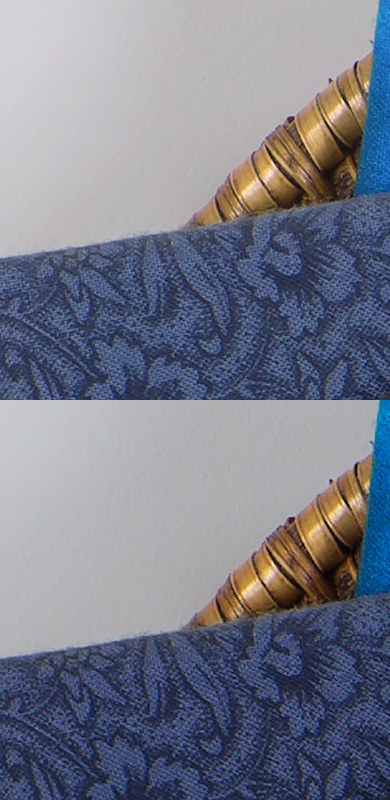awinphoto said:Just for clarification, I was always taught that 100% will show you the level of detail a printer will print full size at it's native resolution... So when you're enlarging, are you looking at 200%-400% to see what a print at 100 DPI would print? Just curious how other people soft proof their enlargements before printing as big prints, especially rolls and inks, aren't cheap.
That's technically true in a sense that's quite misleading.
If your display is 100 ppi (and most displays are in that ballpark) and you print, say, a 2400 px x 3600 px print at 100 ppi = 24" x 36", then you can hold the print next to the display and they'll be the same size; the display (unless you've got a 43" monster) will show an actual-size crop of the final image, and both will effectively have the same resolution.
A big part of where the misleading part comes from is that most printers these days have pixel pitches well over 2000 ppi, maybe even approaching 5000 ppi. However, each of those pixels would be a single dot of a single ink color. The display, on the other hand, can show any of a billion colors (give or take, depending on gamut, YMMV, etc.) for any of its pixels. The end result is that the effective visual resolution for either isn't all that terribly far off. The printer will be sharper, yes, but only significantly so closer than arm's length. For most human eyes and a modern printer, a 300 ppi print is about as good as it gets, though there are barely-noticeable marginal improvements to be had up to about 600 ppi. But you can make absolutely stunning prints as low as 100 ppi -- which makes sense: if you can have a stunning image on a 100 ppi monitor, there's no reason you shouldn't have an equally stunning image on a 100 ppi print.
So, really, for the most part, basically nobody should be giving a second thought to resolution these days. There's more than enough. It's your vision and skill that'll set you apart from the competition, not the megapickles of your camera. And if you're working in one of the very few settings where a modern DSLR -- any modern DSLR -- doesn't have enough megapickles to get the job done, then you're charging your clients enough that the medium format (or bigger) gear you need can slip under the petty cash radar.
Cheers,
b&
Upvote
0

